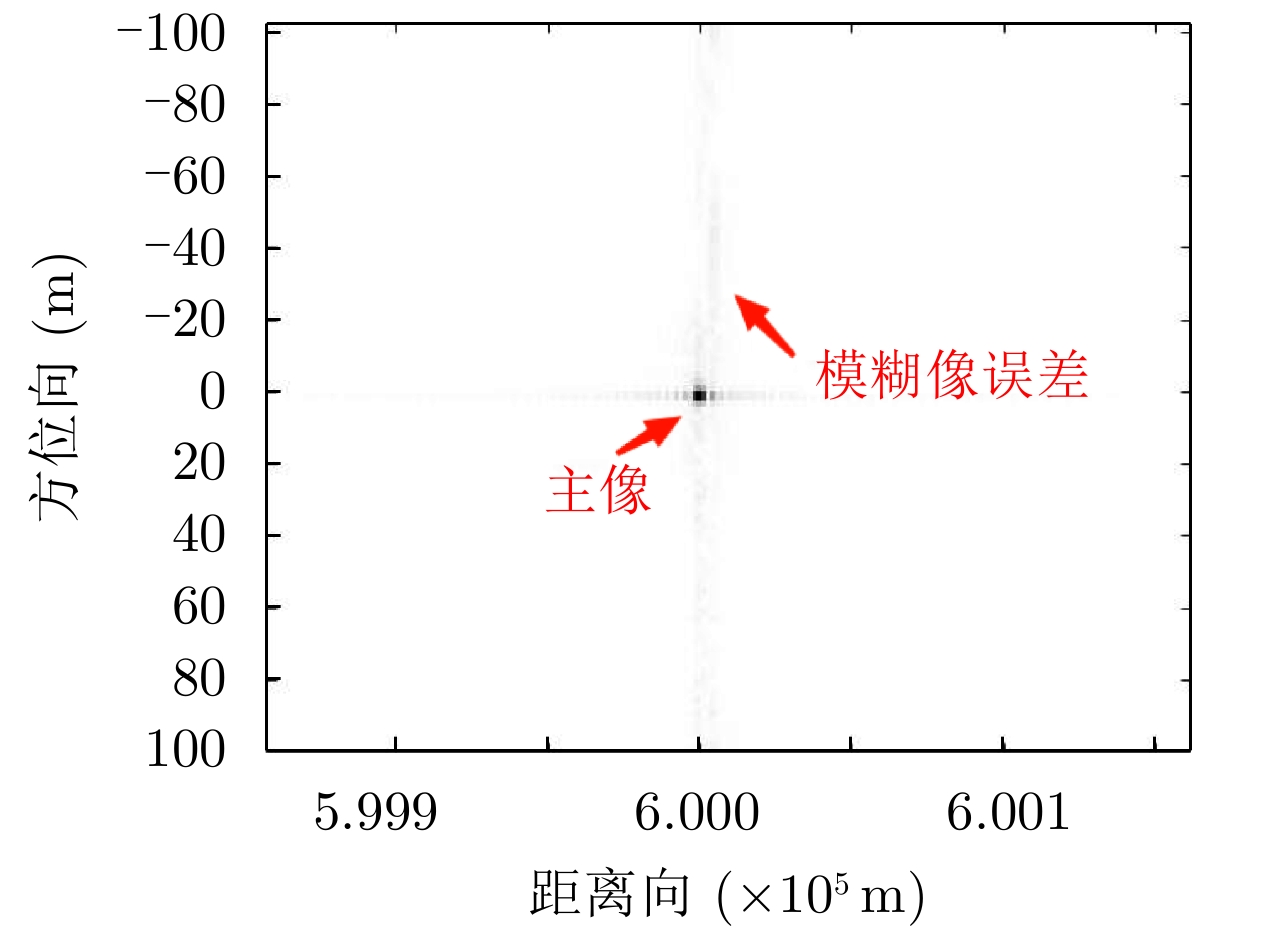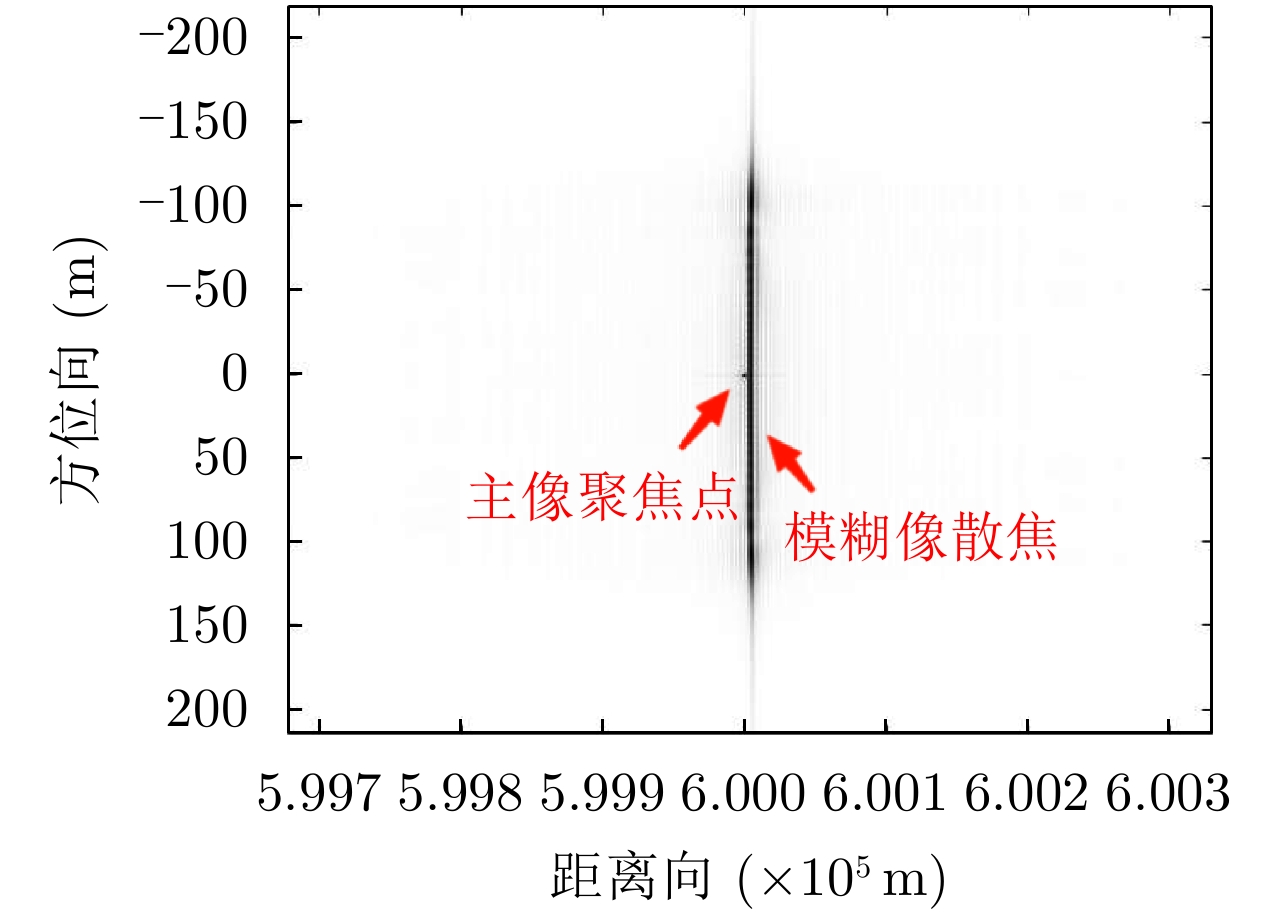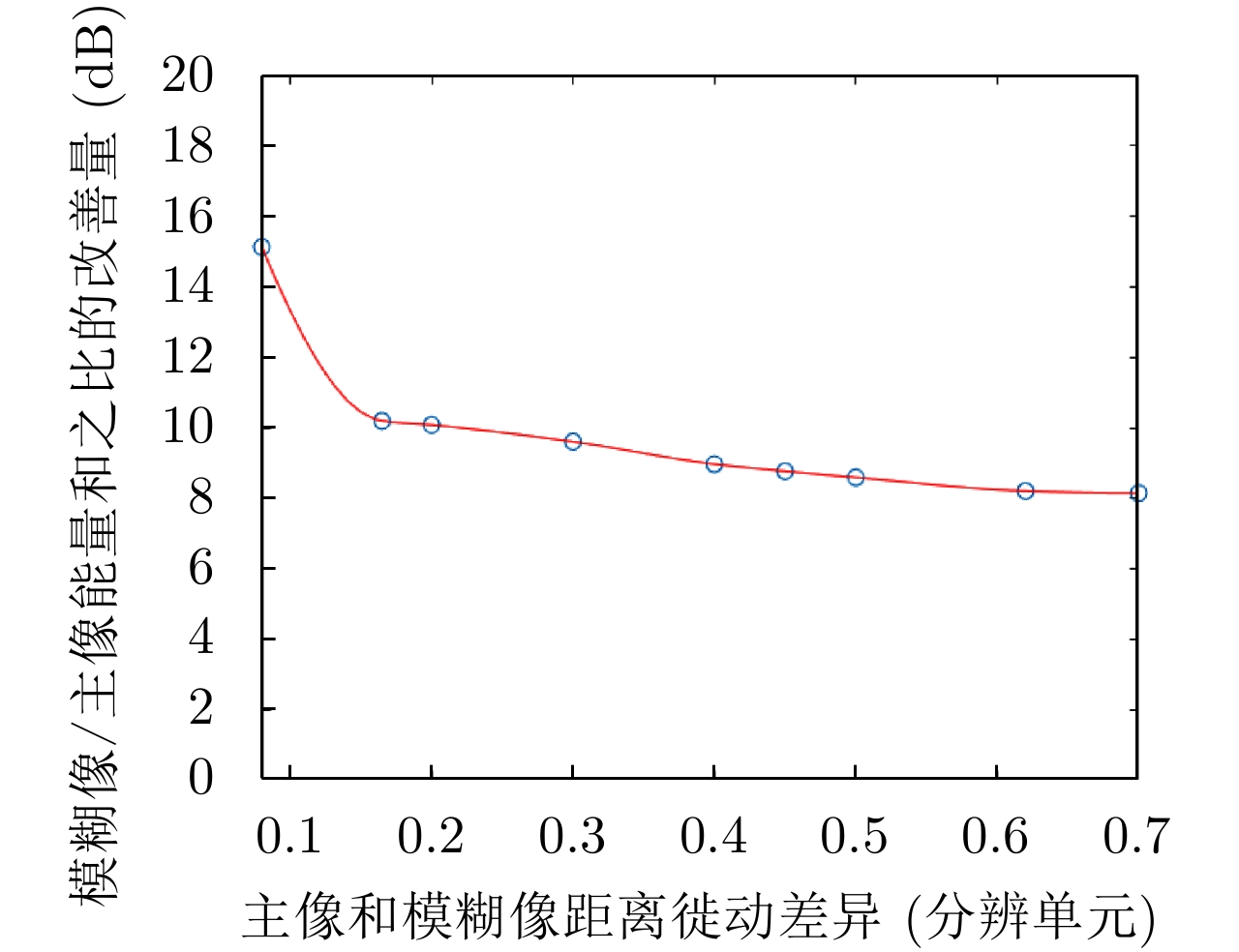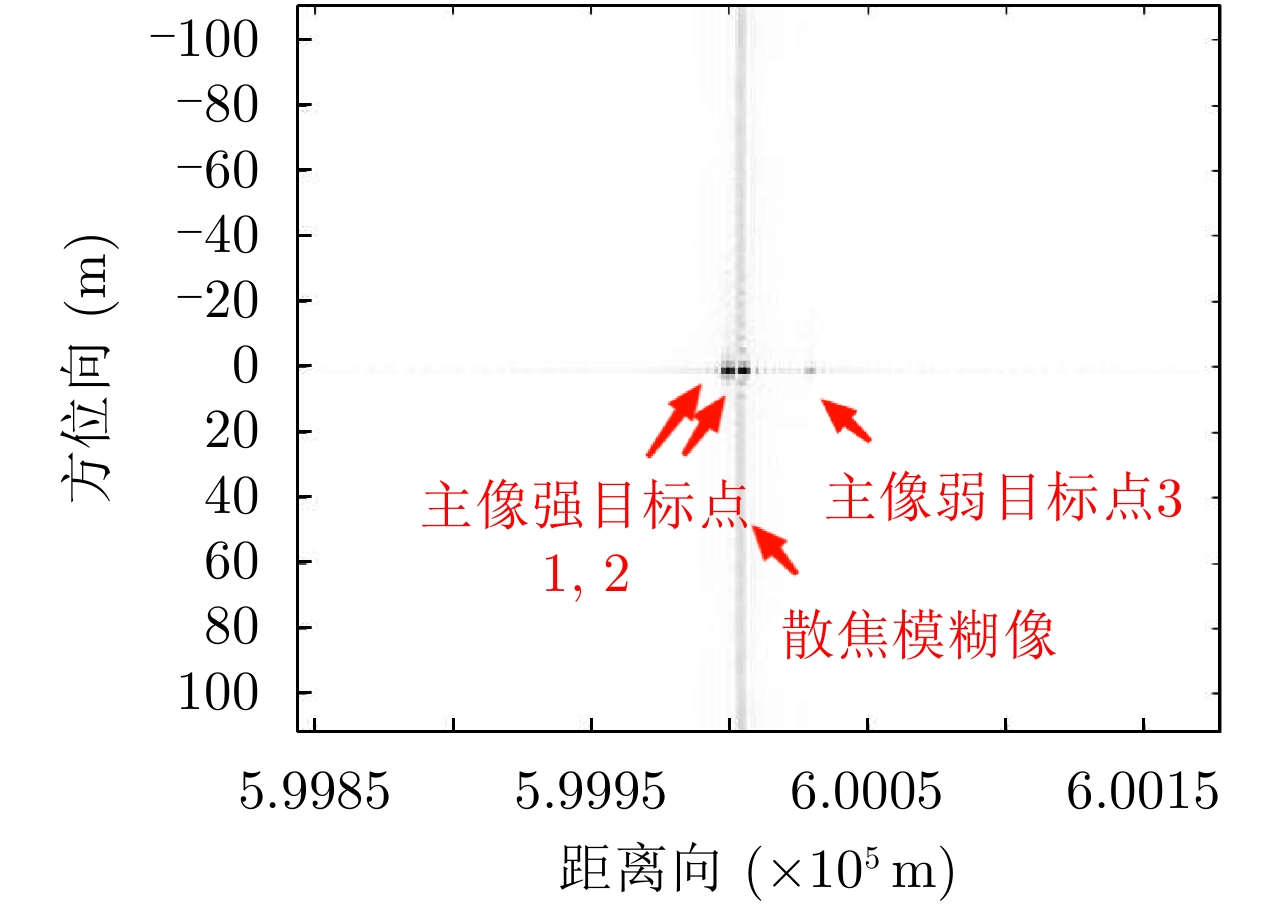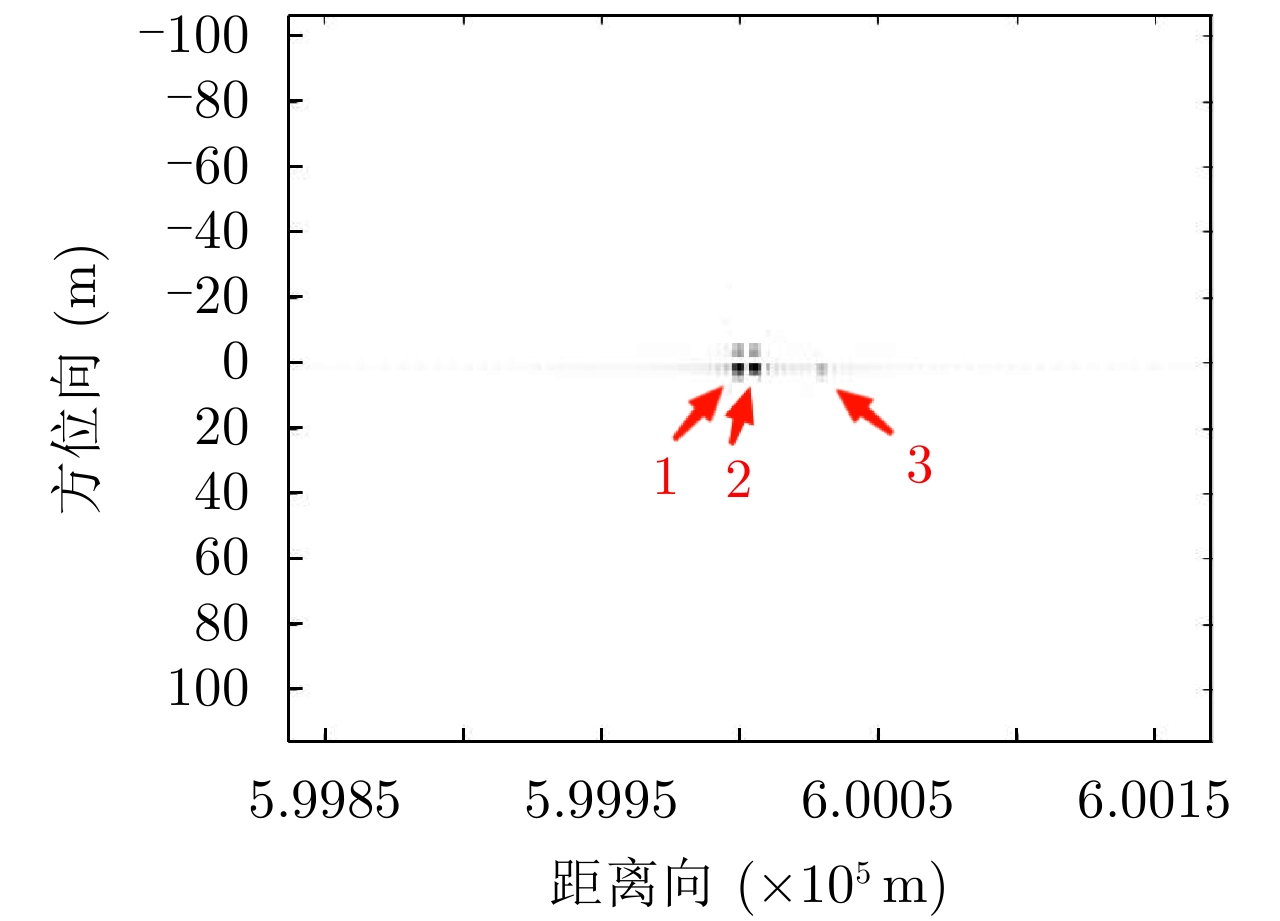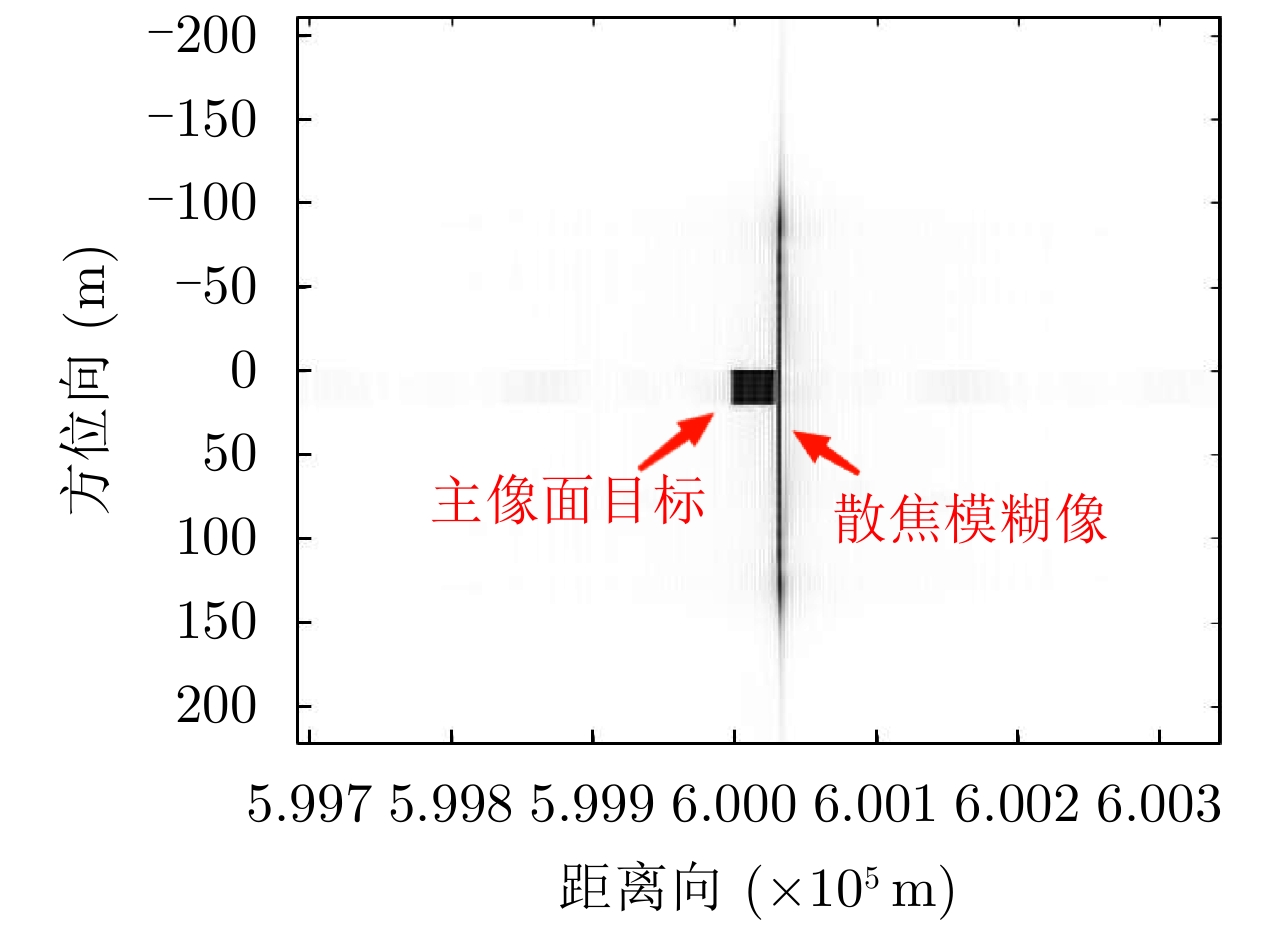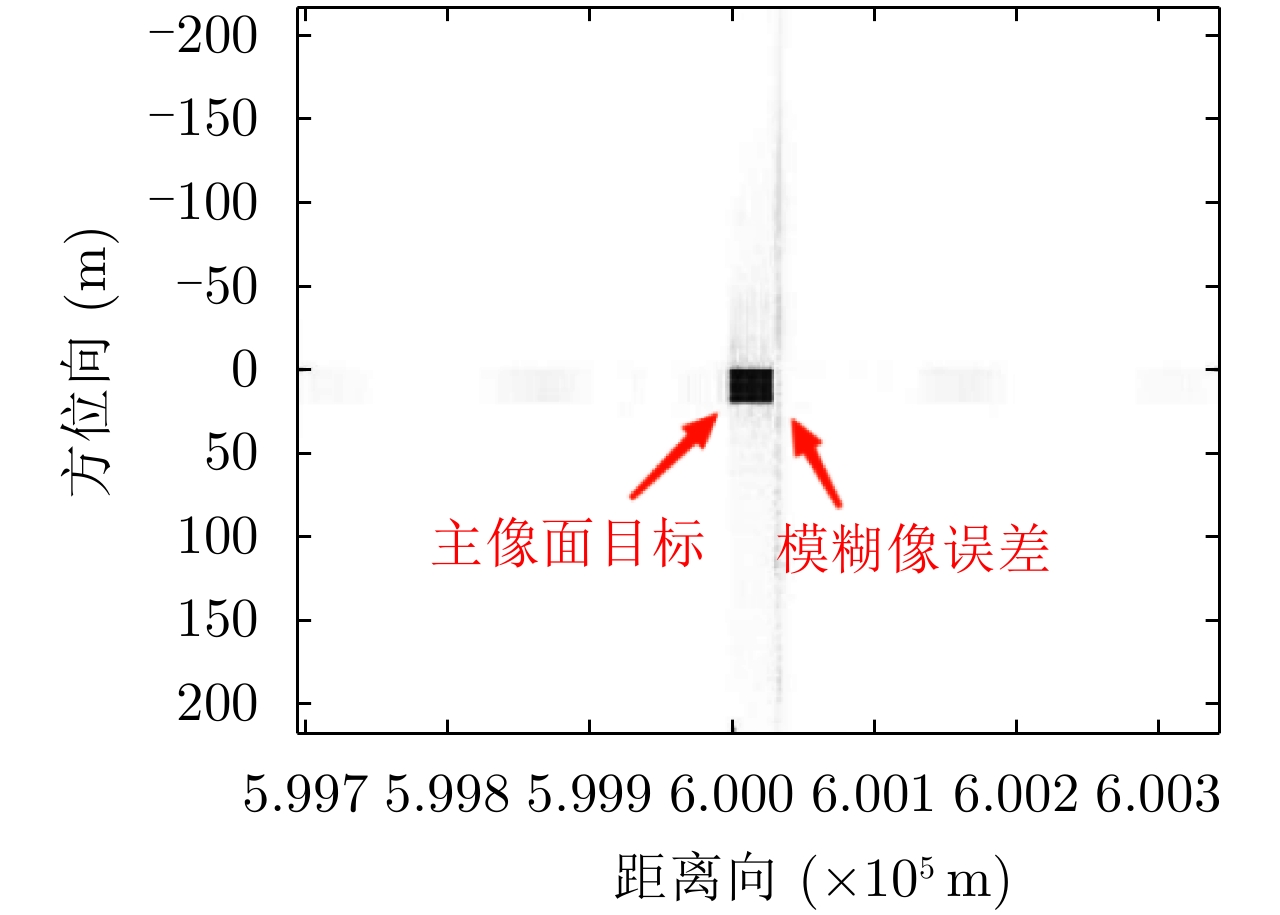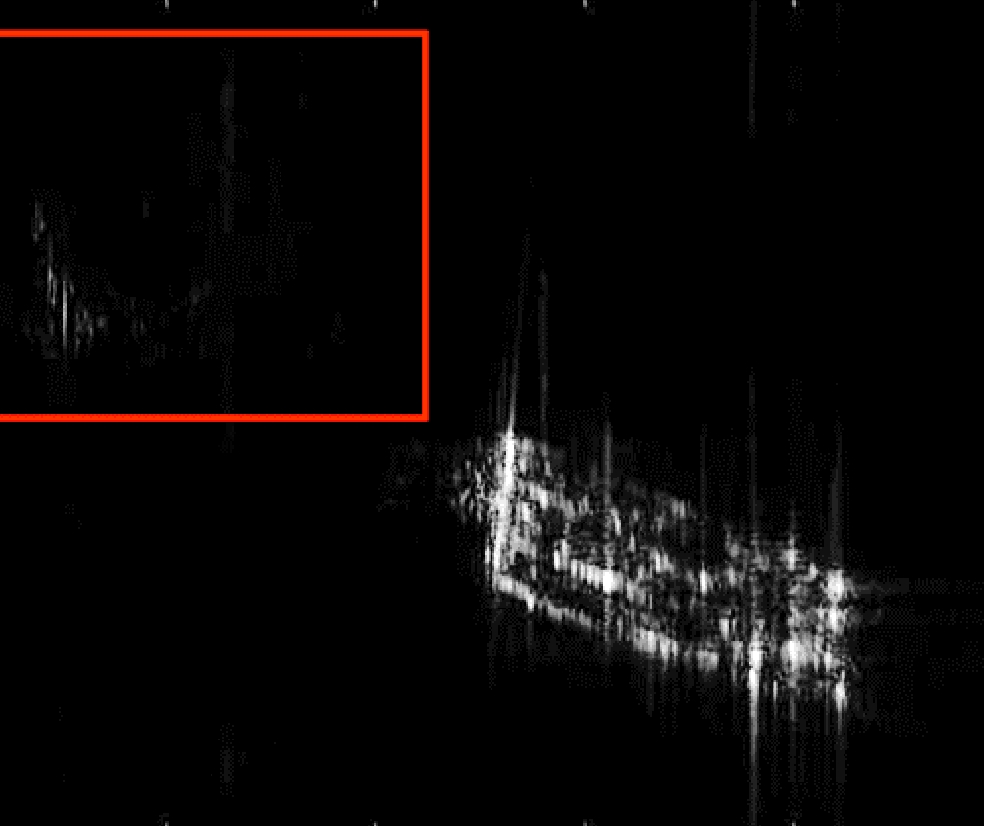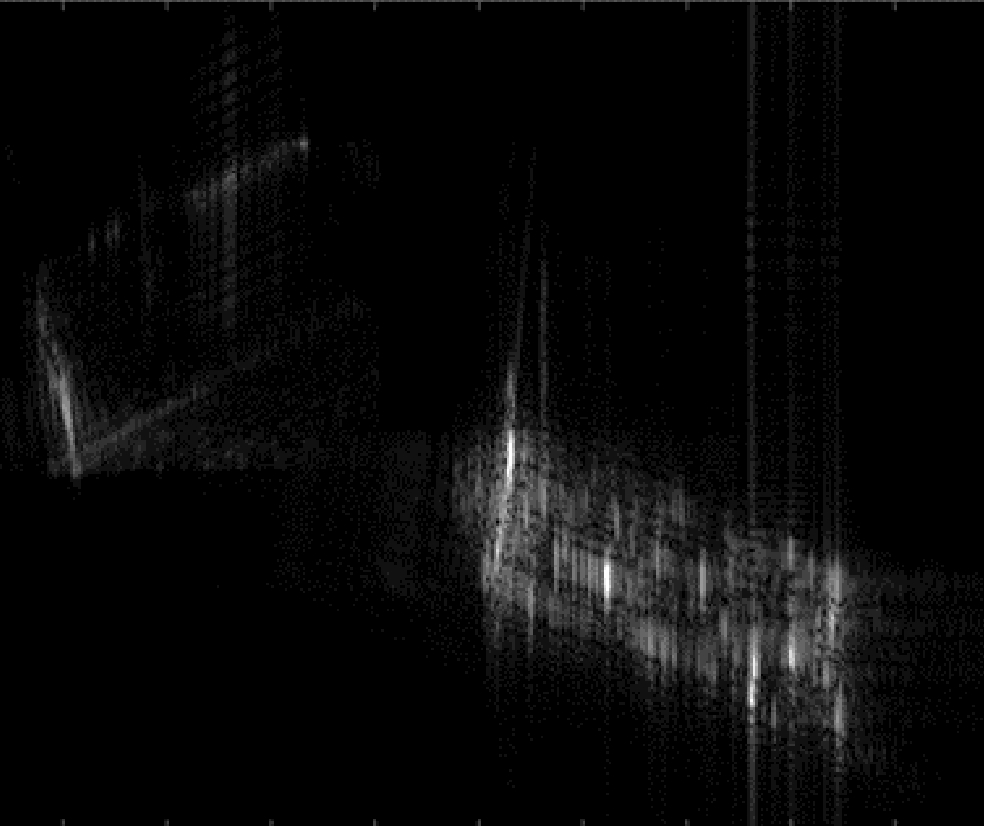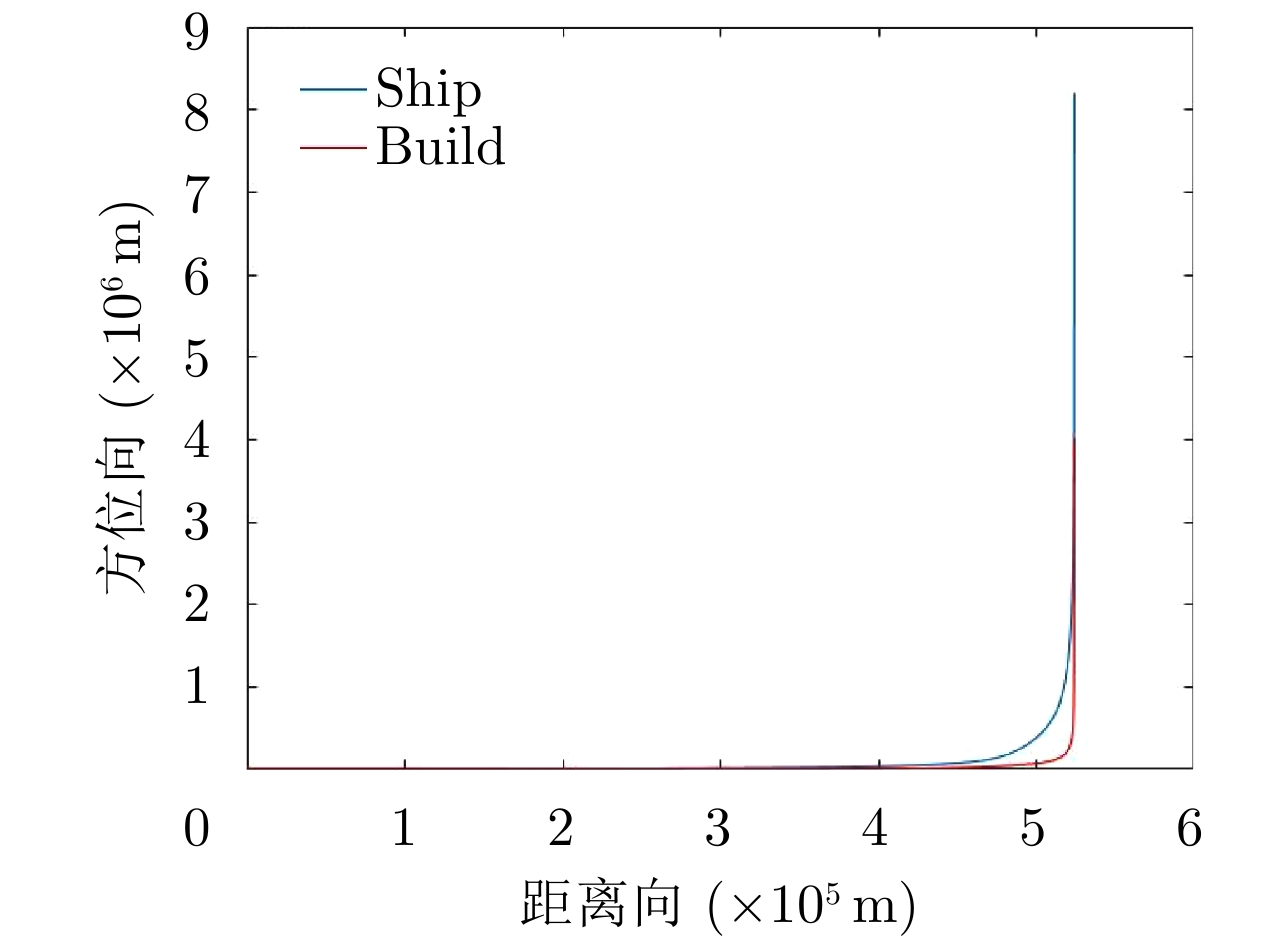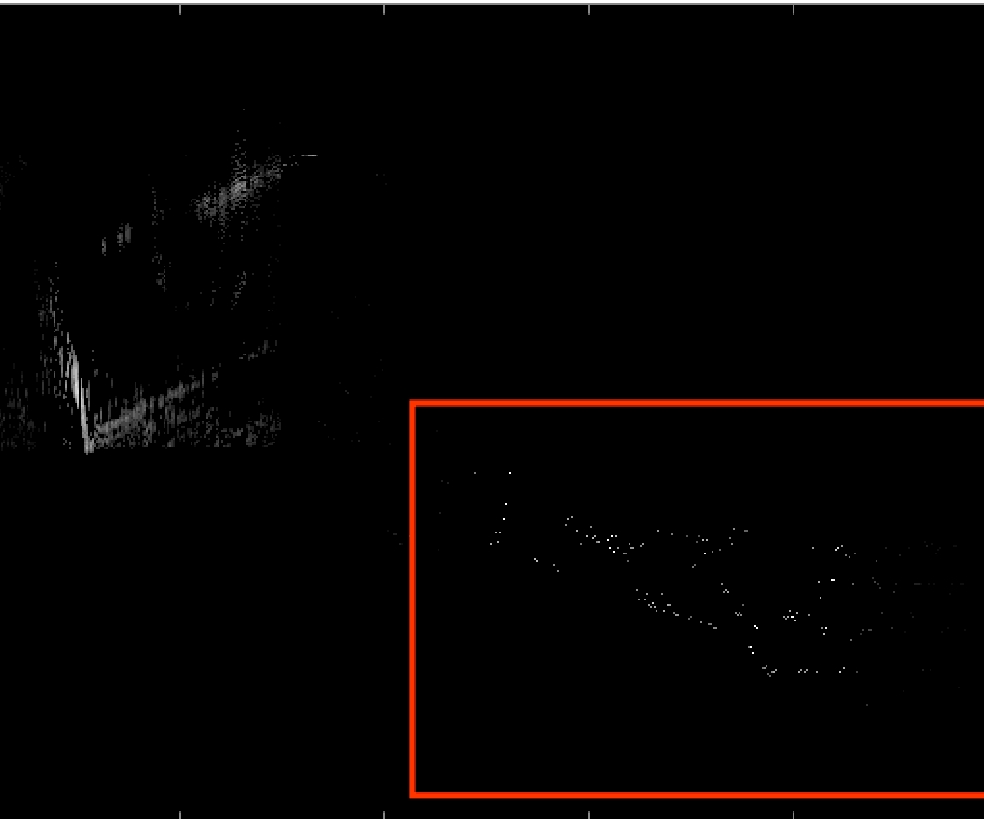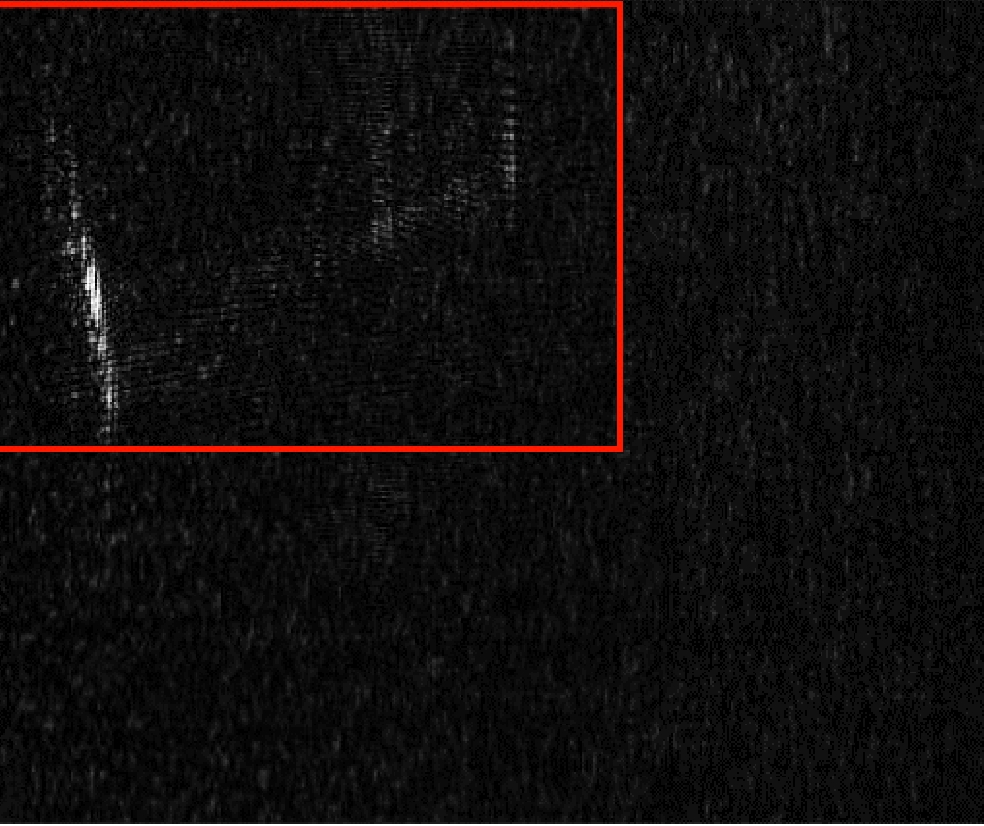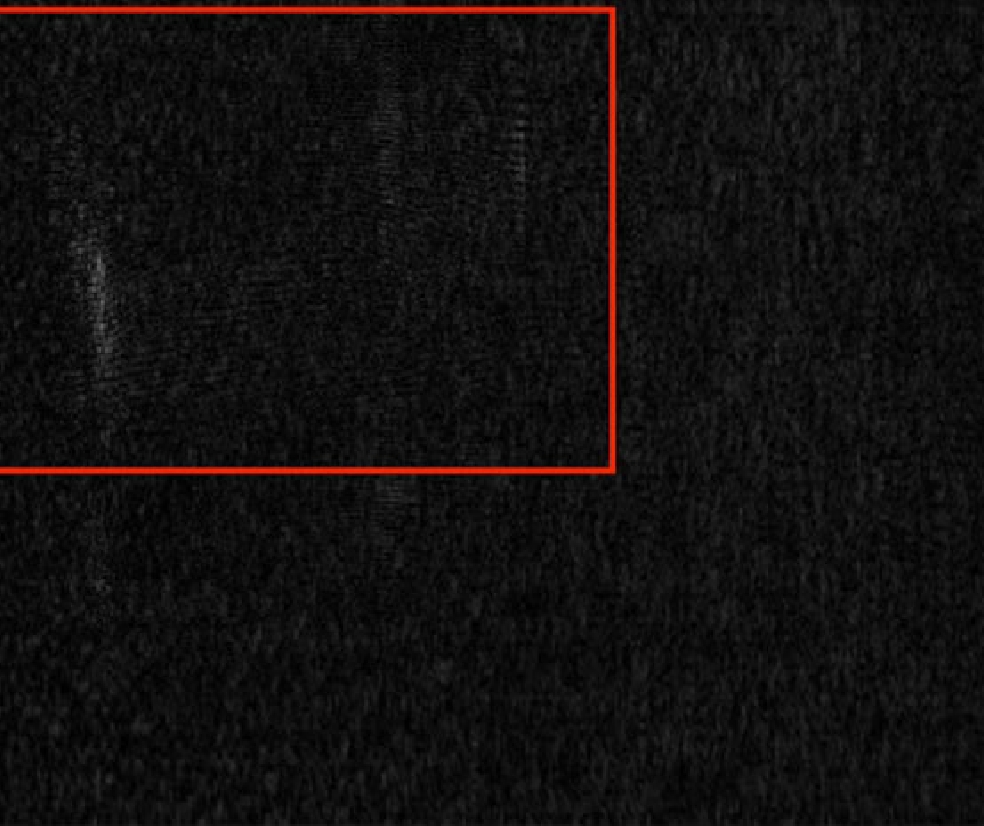| [1] |
CURLANDER J C and MCDONOUGH R N. Synthetic Aperture Radar: Systems and Signal Processing[M]. New York, USA: Wiley, 1991: 115–320.
|
| [2] |
GRIFFLTHS H D and MANCINI P. Ambiguity suppression in sars using adaptive array techniques[C]. 1991 IEEE International Symposium on Geoscience and Remote Sensing, Espoo, Finland, 1991. doi: 10.1109/IGARSS.1991.580292. |
| [3] |
KRIEGER G, HUBER S, VILLANO M, et al. CEBRAS: Cross elevation beam range ambiguity suppression for high-resolution wide-swath and MIMO-SAR imaging[C]. 2015 IEEE International Geoscience and Remote Sensing Symposium, Milan, Italy, 2015.
|
| [4] |
MITTERMAYER J and MARTINEZ J M. Analysis of range ambiguity suppression in SAR by up and down chirp modulation for point and distributed targets[C]. 2003 IEEE International Geoscience and Remote Sensing Symposium, Toulouse, France, 2003: 4077–4079. doi: 10.1109/IGARSS.2003.1295367. |
| [5] |
WEN Xuejiao, QIU Xiaolan, HAN Bing, et al. A range ambiguity suppression processing method for spaceborne SAR with up and down chirp modulation[J]. Sensors, 2018, 18(5): 1454. doi: 10.3390/s18051454 |
| [6] |
MO Hongbo and ZENG Zhimin. Investigation of multichannel ScanSAR with up and down chirp modulation for range ambiguity suppression[C]. 2016 IEEE International Geoscience and Remote Sensing Symposium, Beijing, China, 2016: 1130–1133. doi: 10.1109/IGARSS.2016.7729286. |
| [7] |
LIU Mingqian, ZHANG Bingchen, XU Zhongqiu, et al. Ambiguities suppression for azimuth multichannel SAR based on L2, q regularization with application to gaofen-3 ultra-fine stripmap mode[J]. IEEE Journal of Selected Topics in Applied Earth Observations and Remote Sensing, 2021, 14: 1532–1544. doi: 10.1109/JSTARS.2020.3046366 |
| [8] |
DONOHO D L. Compressed sensing[J]. IEEE Transactions on Information Theory, 2006, 52(4): 1289–1306. doi: 10.1109/TIT.2006.871582 |
| [9] |
吴一戎. 稀疏微波成像提升雷达性能[J]. 科学世界, 2019(9): 106–111.
WU Yirong. Sparse microwave imaging improves radar performance[J]. Science World, 2019(9): 106–111.
|
| [10] |
肖鹏, 吴有明, 于泽, 等. 一种基于压缩感知恢复算法的SAR图像方位模糊抑制方法[J]. 雷达学报, 2016, 5(1): 35–41. doi: 10.12000/JR16004XIAO Peng, WU Youming, YU Ze, et al. Azimuth ambiguity suppression in SAR images based on compressive sensing recovery algorithm[J]. Journal of Radars, 2016, 5(1): 35–41. doi: 10.12000/JR16004 |
| [11] |
FANG Jian, XU Zongben, JIANG Chenglong, et al. SAR range ambiguity suppression via sparse regularization[C]. 2012 IEEE International Geoscience and Remote Sensing Symposium, Munich, Germany, 2012. doi: 10.1109/IGARSS.2012.6350582. |
| [12] |
TIAN Jing, KANG Lihong, SUN Xilong, et al. Experiment based on orbit satellite and application for sparse microwave imaging[J]. Journal on Communications, 2017, 38(S2): 37–42. doi: 10.11959/j.issn.1000-436x.2017263 |
| [13] |
毕辉, 张冰尘, 洪文, 等. 基于复图像的稀疏SAR成像方法在高分三号数据上的验证[J]. 雷达学报, 2020, 9(1): 123–130. doi: 10.12000/JR19092BI Hui, ZHANG Bingchen, HONG Wen, et al. Verification of complex image based sparse SAR imaging method on GaoFen-3 dataset[J]. Journal of Radars, 2020, 9(1): 123–130. doi: 10.12000/JR19092 |
| [14] |
XU Zhongqiu, LIU Mingqian, ZHOU Guoru, et al. An accurate sparse SAR imaging method for enhancing region-based features via nonconvex and TV regularization[J]. IEEE Journal of Selected Topics in Applied Earth Observations and Remote Sensing, 2021, 14: 350–363. doi: 10.1109/JSTARS.2020.3034431 |
| [15] |
BI Hui, ZHANG Bingchen, ZHU Xiaoxiang, et al. L1-regularization-based SAR imaging and CFAR detection via complex approximated message passing[J]. IEEE Transactions on Geoscience and Remote Sensing, 2017, 55(6): 3426–3440. doi: 10.1109/TGRS.2017.2671519 |
| [16] |
ÇETIN M, STOJANOVIĆ I, ÖNHON N Ö, et al. Sparsity-driven synthetic aperture radar imaging: Reconstruction, autofocusing, moving targets, and compressed sensing[J]. IEEE Signal Processing Magazine, 2014, 31(4): 27–40. doi: 10.1109/MSP.2014.2312834 |
| [17] |
胡长雨, 汪玲, 朱栋强. 结合字典学习技术的ISAR稀疏成像方法[J]. 电子与信息学报, 2019, 41(7): 1735–1742. doi: 10.11999/JEIT180747HU Changyu, WANG Ling, and ZHU Dongqiang. Sparse ISAR imaging exploiting dictionary learning[J]. Journal of Electronics & Information Technology, 2019, 41(7): 1735–1742. doi: 10.11999/JEIT180747 |
| [18] |
LI Feng, XIN Lei, GUO Yi, et al. A framework of mixed sparse representations for remote sensing images[J]. IEEE Transactions on Geoscience and Remote Sensing, 2017, 55(2): 1210–1221. doi: 10.1109/TGRS.2016.2621123 |
| [19] |
LI Bo, LIU Falin, ZHOU Chongbin, et al. Mixed sparse representation for approximated observation-based compressed sensing radar imaging[J]. Journal of Applied Remote Sensing, 2018, 12(3): 035015. doi: 10.1117/1.JRS.12.035015 |
| [20] |
APPLEBAUM L, HOWARD S D, SEARLE S, et al. Chirp sensing codes: Deterministic compressed sensing measurements for fast recovery[J]. Applied and Computational Harmonic Analysis, 2009, 26(2): 283–290. doi: 10.1016/j.acha.2008.08.002 |
| [21] |
MALLAT S G and ZHANG Zhifeng. Matching pursuits with time-frequency dictionaries[J]. IEEE Transactions on Signal Processing, 1993, 41(12): 3397–3415. doi: 10.1109/78.258082 |
| [22] |
CANDES E J and TAO T. Decoding by linear programming[J]. IEEE Transactions on Information Theory, 2005, 51(12): 4203–4215. doi: 10.1109/TIT.2005.858979 |




 Submit Manuscript
Submit Manuscript Peer Review
Peer Review Editor Work
Editor Work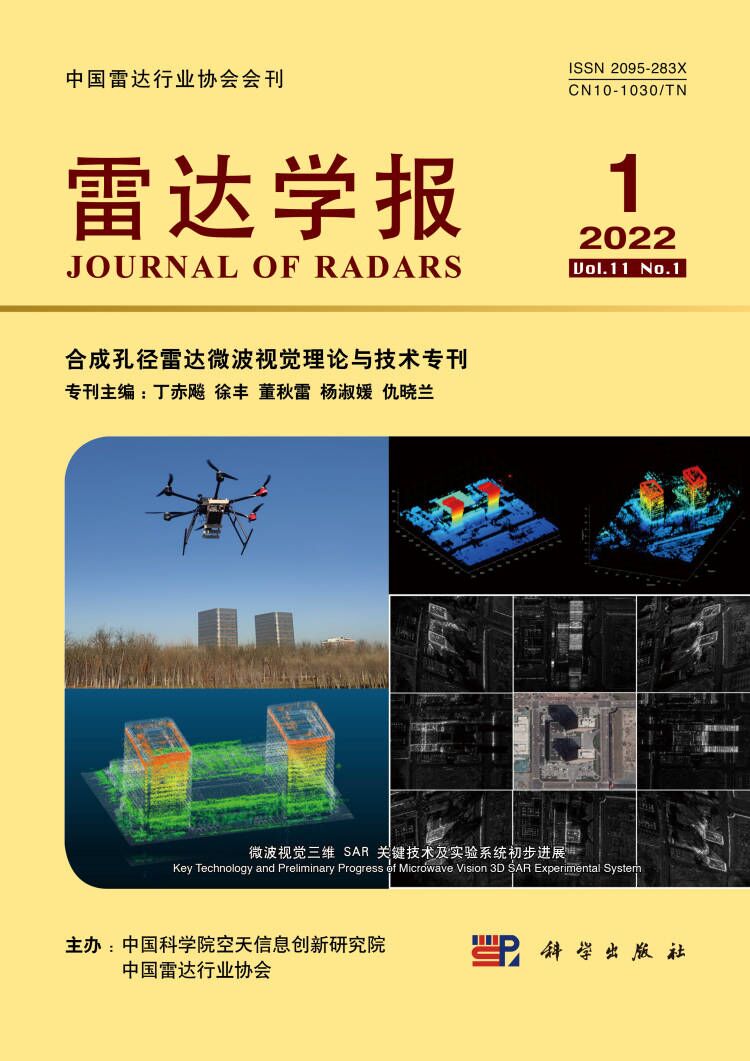





 DownLoad:
DownLoad:
